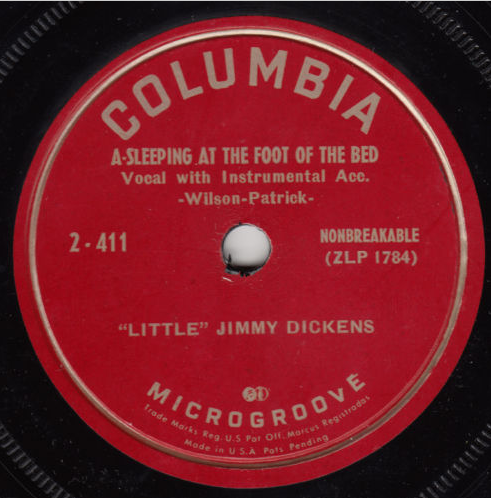
“Oh You Beautiful Doll” (1949) – Rosemary Clooney * Written by Nat D. Ayer and Seymour Brown * 78: “Oh You Beautiful Doll” / “Don’t Cry Joe (Let Her Go, Let Her Go, Let Her Go)” * Label: Harmony
This classic American song, recorded and performed a zillion times, made its biggest splash the first time around through a 1912 disc by Billy Murray and the American Quartet. That was the year a minor league baseball player named William Jacobson stepped to the plate as the song played and hit a home run, after which a lady in the stands yelled out for all to hear, “you must be the beautiful doll they were talking about!” He instantly became Baby Doll Jacobson, and would go on to bat over .300 through most of the 1920s for the St. Louis Browns. Rosemary Clooney recorded her version of the song in 1949, shortly after breaking loose from Tony Pastor’s Big Band. Its easy lilt and feminine perspective pair it up with the Jacobson story better than the ticktocky Billy Murray original.



